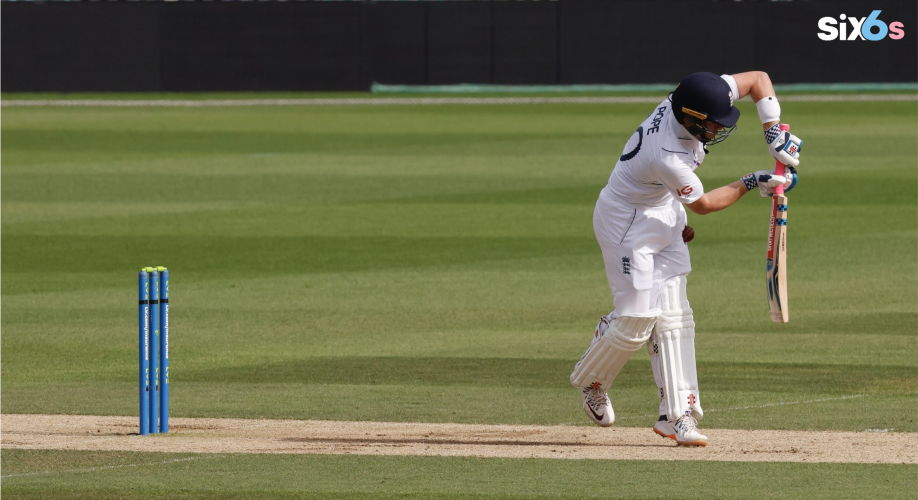One Day Internationals (ODIs) have become a cornerstone of modern cricket, captivating fans with their high-octane action and strategic gameplay. In this article, we will dive into the world of ODI cricket, exploring its evolution, strategies, and the unparalleled excitement it brings to both players and spectators.
Introduction
ODIs, a shortened format of cricket, offer an enthralling blend of skill, strategy, and sheer excitement. Played between two international teams, each match lasts for a single day, typically comprising 50 overs per side. This format revolutionized the game, introducing a faster-paced alternative to the traditional Test matches while allowing teams to express their prowess within limited resources.
The Evolution of ODIs
The origins of ODIs can be traced back to the early 1970s when the cricket world was seeking a dynamic format that could attract a wider audience. The inaugural ODI took place in 1971 between England and Australia. The format’s popularity soared, eventually leading to the first Cricket World Cup in 1975. This marked the formal inception of ODIs as a competitive and thrilling format.
Strategies That Transformed the Game
Aggressive Batting Approach
In ODIs, every ball counts. Teams adopted an aggressive batting approach, focusing on accumulating runs swiftly. Players mastered techniques like power-hitting, innovative stroke play, and smart running between the wickets.
Variable Bowling Strategies
Bowling strategies diversified to suit the format. Teams introduced the concept of “death overs,” where specialist bowlers target the end of the innings to restrict the opposing team’s run flow. Spinners also found new relevance, exploiting the middle overs when the ball grips the surface.
Captivating Thrills and High Scores
Nail-Biting Finishes
ODIs are known for their nail-biting finishes. The limited overs create intense scenarios where every run, wicket, and decision counts. Last-over thrillers and dramatic chase-downs have become emblematic of this format.
High Scoring Encounters
In ODIs, high-scoring matches are a norm. The advent of powerplays and fielding restrictions have tilted the balance in favor of the batsmen. Pitches conducive to stroke play, coupled with modern equipment, have led to monumental run feasts.
Strategies That Define Success
Mastering Powerplays
The first 10 overs of an ODI, known as the powerplay, set the tone for the match. Teams strive to maximize their runs while preserving wickets. Aggressive batting during this phase can often demoralize the bowling side.
Middle Overs Consolidation
Following the powerplay, the middle overs require a balance between aggression and consolidation. Teams look to build partnerships and rotate the strike while setting the stage for an explosive finish.
The Thrill of Rivalries
Arch-Rival Showdowns
ODIs have witnessed some of the most intense cricket rivalries. Matches like India vs. Pakistan or Australia vs. England transcend the boundaries of sport, carrying immense emotional significance.
World Cup Glory
The ICC Cricket World Cup, held every four years, showcases the zenith of ODI cricket. The pursuit of lifting the coveted trophy drives players to push their limits and craft memorable moments.
Conclusion
One Day Internationals has redefined cricket, blending innovation and tradition into a captivating spectacle. The format’s evolution, strategies, and unparalleled thrills continue to enthrall fans worldwide. As teams devise ingenious tactics and players deliver unforgettable performances, the legacy of ODI cricket remains an integral part of the sport’s rich tapestry.
FAQs
Q1. What is the difference between Test cricket and ODIs?
A1. Test cricket spans multiple days and is a longer format, while ODIs are single-day matches with limited overs for each team.
Q2. How does the Duckworth-Lewis method work in ODIs?
A2. The Duckworth-Lewis method is used to adjust targets in rain-affected matches, ensuring fairness in interrupted games.
Q3. Who holds the record for the most centuries in ODIs?
A3. Indian cricketer Sachin Tendulkar holds the record for the most centuries in ODIs.
Q4. Are there any limitations on fielding placements in ODIs?
A4. Yes, fielding restrictions during certain overs limit the number of fielders outside the 30-yard circle.
Q5. What is the highest team total in ODI cricket?
A5. As of my knowledge cutoff in September 2021, England scored 481/6 against Australia in 2018, setting the record for the highest team total in ODIs.


